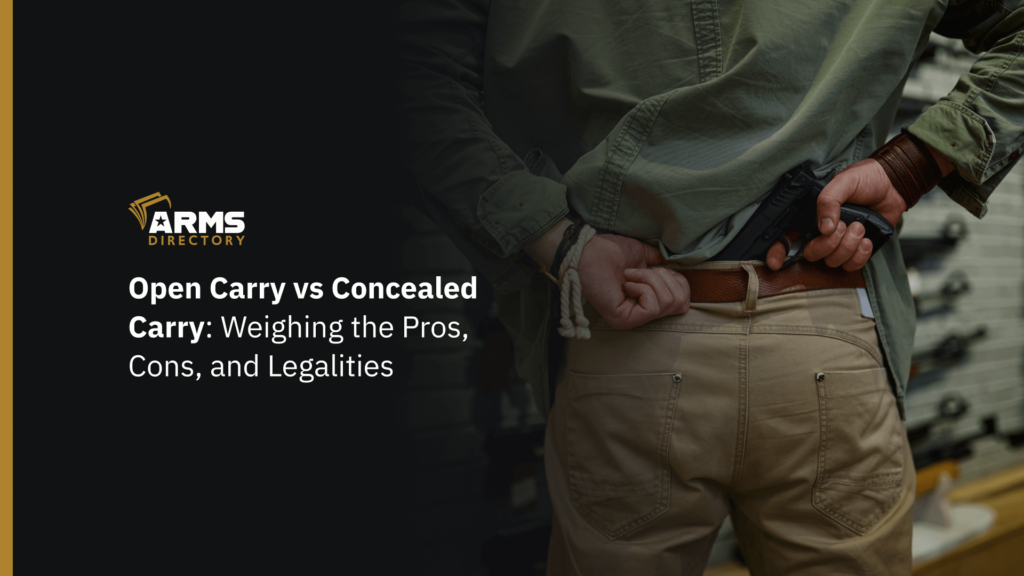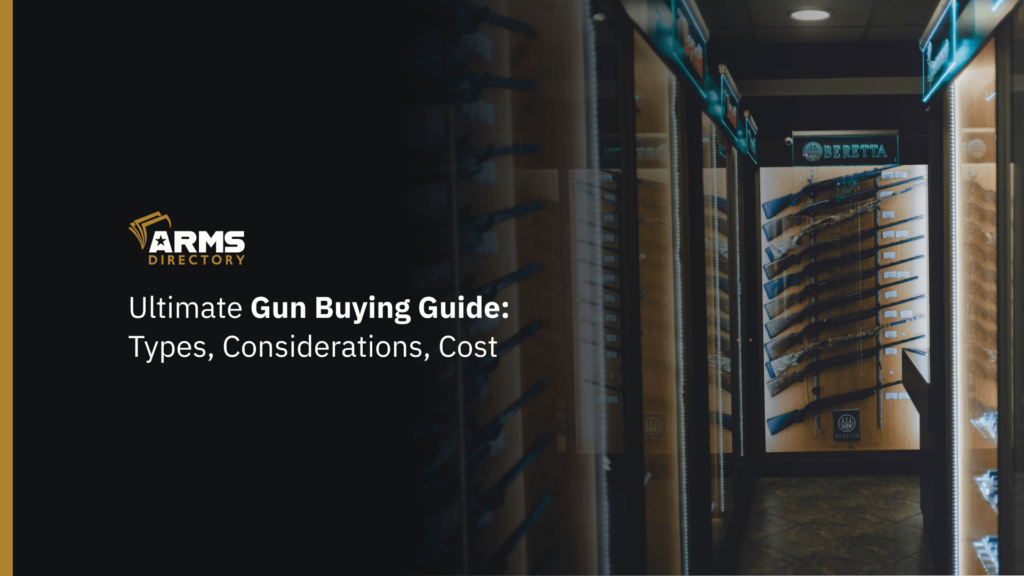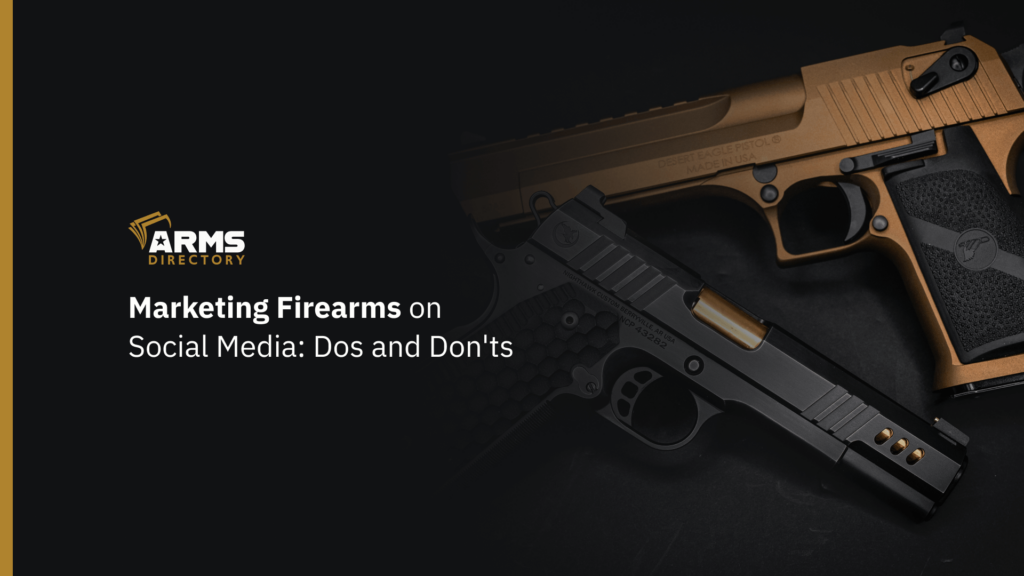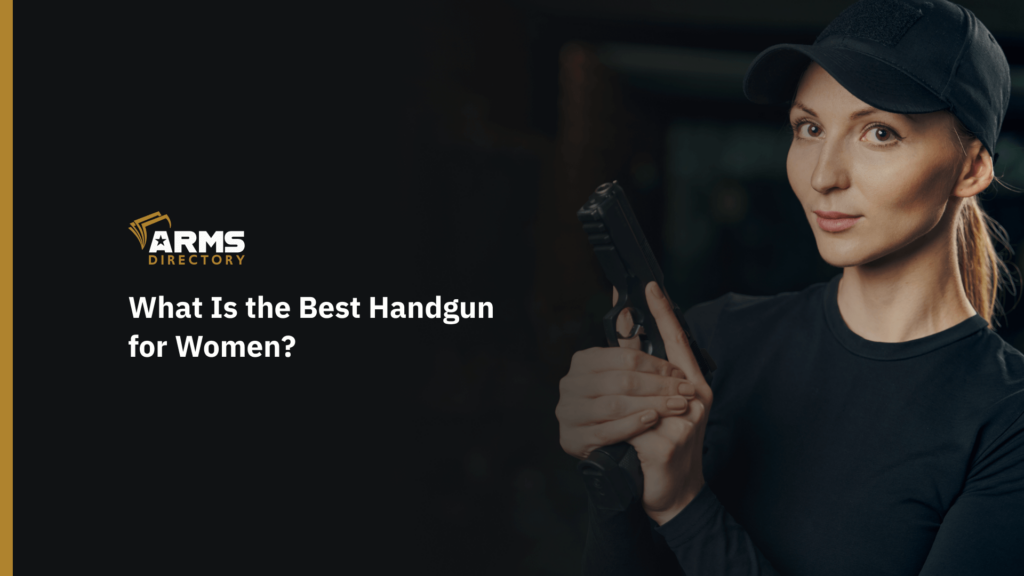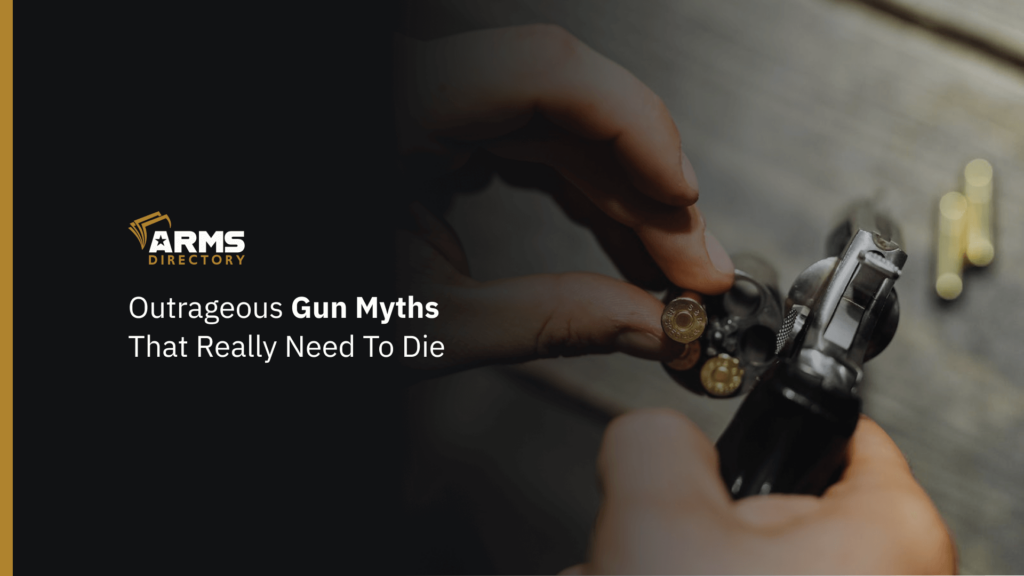
Outrageous Gun Myths That Really Need To Die
For many years, I worked at a gun store , and as a certified firearms instructor and concealed carry instructor, I taught several types of classes ranging from beginners to advanced training courses employing high-level self-defensive training techniques.
If you work in the firearms industry long enough, you’ll hear some real whoppers when it comes to firearms and ballistics Fudd-Lore.
Some of them come from eager sales guys in the firearms business (who are only interested in moving a gun off the shelf), and others come from the misconceptions that are spread by people who don’t know any better.
Whether well-intentioned or not, these gun myths are perpetuated through repetition.
5 Outrageous Gun Myths Debunked
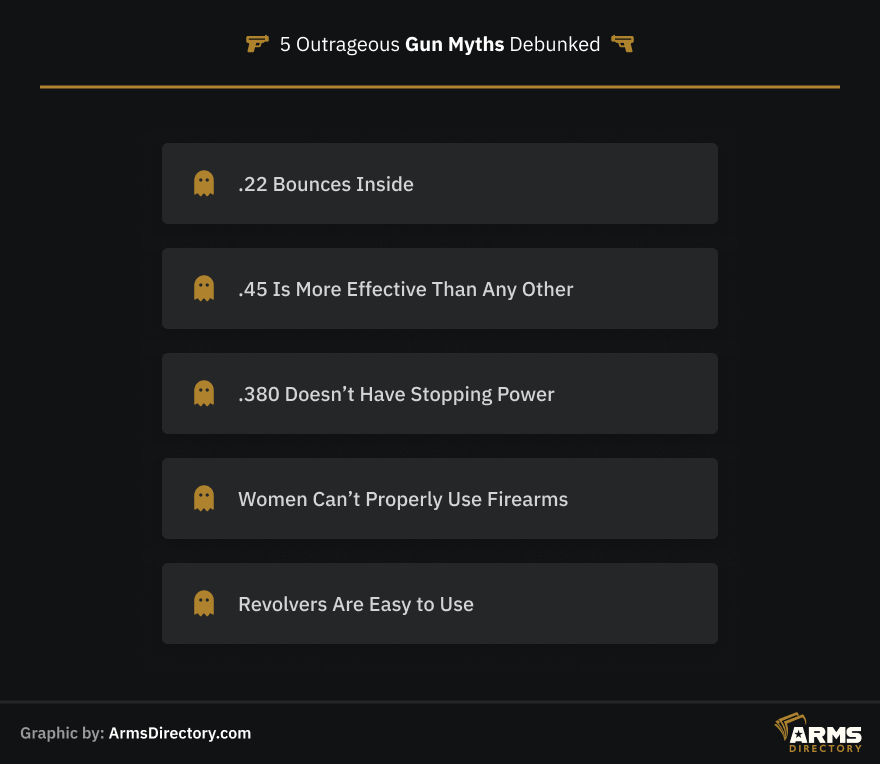
1. .22 Bounces Inside
2. .45 Is More Effective Than Any Other
3. .380 Doesn’t Have Stopping Power
4. Women Can’t Properly Use Firearms
5. Revolvers Are Easy to Use
.22 Bounces Inside
Perhaps you’ve heard the phrase: “Hit ‘em with a .22, and it’ll bounce all around inside them.”
Well, that’s an interesting idea, and I suppose it’s somewhat plausible given the right set of circumstances. It is, however, part of the common gun myths we’re covering today.
Using post-mortem examinations and ballistic dummies with bone and tissue analogs demonstrates that this phenomenon, by and large, does not occur.
Yes, .22LR is a potentially very lethal round, but if it was so effective, then wouldn’t it be employed by militaries and law enforcement agencies everywhere?
Related Post : Auto Mag – The Iconic Big Game Hunting Pistol
.45 Is More Effective Than Any Other
“45 is the Lord’s caliber” or, “I only carry a 45 because they don’t make a 46!”
Hey, if you like 45, and you shoot it well, then, by all means, keep using it. But don’t labor under the delusion that using that particular round is any more effective than any of the other, similarly sized and powered projectiles, like 9mm or 40S&W.
Statistically speaking, there’s very little difference between them. Modern manufacturing techniques and advancements in propellants have ensured that 9mm, 40S&W, and .45ACP are on a virtual par with one another.
I have seen a sales guy get very pushy with customers, insisting that people buy whichever caliber “they” think is most appropriate. They’ll cite all kinds of anecdotal “evidence” to support their claims, and they’ll quote average ballistic energy to back it all up.
But ballistic energy is just one metric, and if you take nothing else away from this, understand that “more power does not necessarily mean more effective”, and “less power does not mean less effective, or not effective enough”.
Sure, 30 years ago 9mm rounds would bounce off car windshields. But that was 30 years ago. Bullets have changed a LOT since then. They’ve all gotten better, but none more so than the 9mm cartridge.
.380 Doesn’t Have Stopping Power
“If you want some real stopping power, don’t bother with .380, use a round intended for grownups.”
Nonsense. First “stopping power” really isn’t a thing with handguns, but more on that in the next article. .380 has historically been a very effective round for what it was intended: which is to create distance between yourself and an attacker.
There are different firearms to be used for different purposes, and those different firearms often utilize different cartridges. .380 is perfectly well suited for close encounters where it’s imperative that you put some distance between yourself and a bad guy.
But it might not be optimal for home defense, for instance. This is usually due to the fact that handguns chambered for 380 are smaller, have relatively short barrels, and have relatively small round capacities.
And while shorter barrel lengths do not absolutely translate into poorer accuracy, it IS more difficult to be accurate with a short barrel versus longer ones, which are typically found in larger caliber guns.
But in the end, if you can’t shoot a 9mm, 40S&W, or 45acp round very well, you will not be doing yourself any favors by going with any of those choices.
Far better to have a round that you can shoot well, and train with, instead of one that makes a slightly larger hole. Because shot placement is always the key.
Women Can’t Properly Use Firearms
Here’s another myth of a different kind : Women can’t, or won’t do what it takes to learn how to properly use and care for their firearms. Quite the contrary, women and guns get along pretty well.
In fact, during my years as a firearms instructor, my best students by far have been women.
(They actually listen, and then employ the techniques they were taught!)
“Let’s get a little revolver for the little lady, here” , said the overprotective gentleman advising his female friend at the gun store.
Unfortunately, this is all too common of a scenario at local gun stores. Often, a woman will express a desire to learn how to use a handgun for personal defense, and there will be no shortage of eager men willing to help her find the “perfect gun”.
They walk into the gun store and move directly toward the double-action-only, snub-nosed revolvers. “Little revolver for the little lady”… I still cringe whenever I hear that. It plays into the myth that women can’t, or won’t take the time, to learn and understand a semiautomatic firearm.
Revolvers are fine, and I have my share, and they definitely have a place in a defensive sense for those with specific needs. I love them, in fact. There’s something undeniably attractive about the classic lines, and curvy metal. But there are better choices when it comes to personal protection.
Related Post : Brand Spotlight: Incognito Wear IX – Stylish and Functional Clothing for Concealed Carry
Revolvers Are Easy to Use
Revolvers are SIMPLE to use, but they’re not necessarily EASY to use. There is a difference, and it bears an explanation. Once you decide to shoot a revolver, you just pull the trigger, right?
And if a round doesn’t go off, you just keep pulling that trigger until it does – at least that’s what the old guys keep saying. Here’s the problem – trigger pull on the vast majority of snubby revolvers is ridiculously heavy – especially for people with joint degeneration problems, carpal tunnel, etc.
The harder the trigger pulls, the more muscles the shooter has to recruit in order to move it back. The more muscles they use, the less refined motor skills can be employed to keep the muzzle pointed at the target.
Second, because there’s no mechanical spring, delay/browning action, etc. recoil from a basic 38 special round can be surprisingly stout – especially considering the small size of the typical small 5 shot revolver. Stout recoil, or “snappiness”, can cause problems with flinching in novice shooters.
Speaking of 5 shot revolvers, that’s all you get – 5 shots. Even today’s most anemic semiautomatic offerings give you more than that! Next, the sights for snubbies are usually very rudimentary.
There’s usually just a groove milled into the frame, and then a blade that is also milled onto the short barrel, so accuracy at meaningful distances becomes problematic. Those same guys have insisted that the lady doesn’t have to learn to aim her gun, because the attacker will only be a couple of feet away…
The problem with that is – The attacker is only a couple of feet away!! Finally, revolvers are mechanically complex relative to a typical striker-fired semiautomatic. I’ve been told that a revolver never jams. Um… Yes, they do.
And when a semiautomatic jams, clearing, and reloading is a relatively quick and simple task that can be done even under pressure. But when a revolver goes down, it goes down hard, and the expertise of a gunsmith to resolve the issue is not uncommon.
Bonus Myth: AR is Not a Military Weapon
We could not end our list of gun myths, without explicitly mentioning the AR. AR-15 rifles are a beloved weapon choice for many gun enthusiasts. They are not by any means military, nor assault weapons, as gun opposers often wrongly call them.
This is a part of those 100% gun myths that anti-gun movements use. The truth is that AR does not stand for “assault rifle”, “automatic rifle”, or “American rifle”, it stands for “ArmaLite Rifle”, from the name of the company that first made the firearm back in the 1950s.
Society might be focusing on AR, because it looks like a battlefield weapon, however, the AR-15 rifle was designed for civilian use, not military. The AR-15, as we know it today, has never been used by any military in the world.
Related Post : Should You Buy An AK? [AK vs. AR]
Summary
Unfortunately, there will always be those pushing a narrative or using some myths about guns to get people to buy whatever it is they’re selling.
So arm yourself with knowledge and take what’s said with a big grain of salt. Always inform yourself, and trust real firearms experts, instead of blindly obeying some gun myths.
Of course, it goes without saying to never let someone bully you into buying something THEY think is right for you if you don’t believe it’s right for yourself!



![Gun Registration Requirements by State [What You Need to Know]](https://vault.armsdirectory.com/wp-content/uploads/2023/10/27073220/Gun-Registration-Requirements-by-State-What-You-Need-to-Know-1024x576.png)
